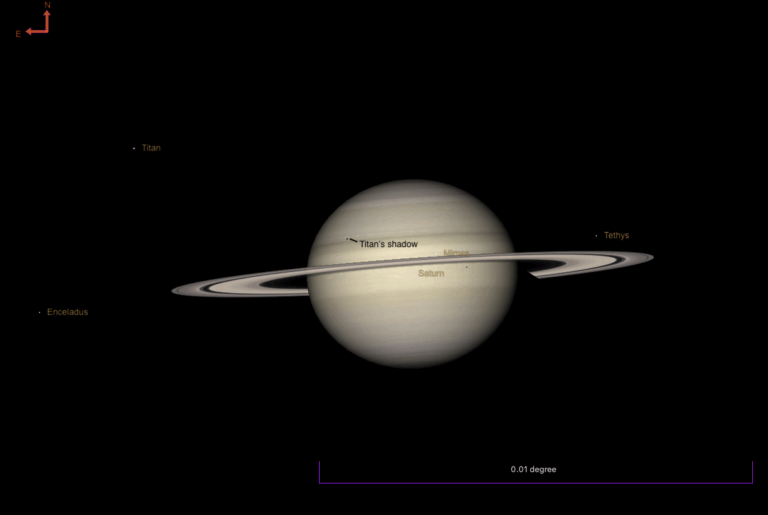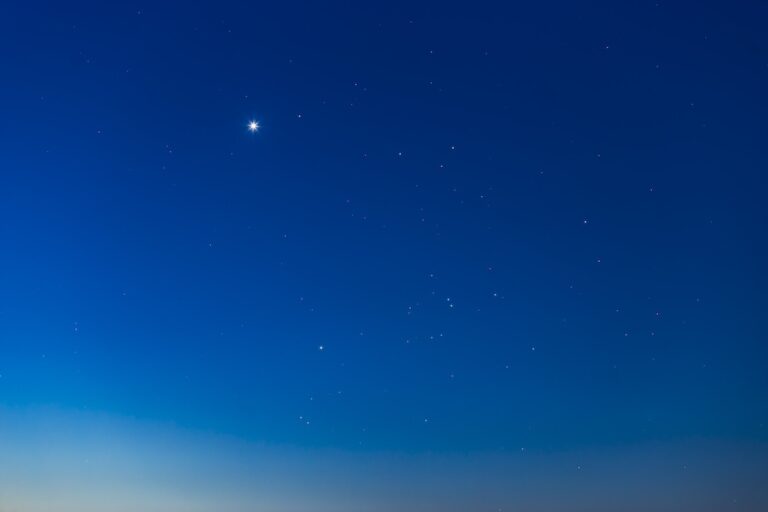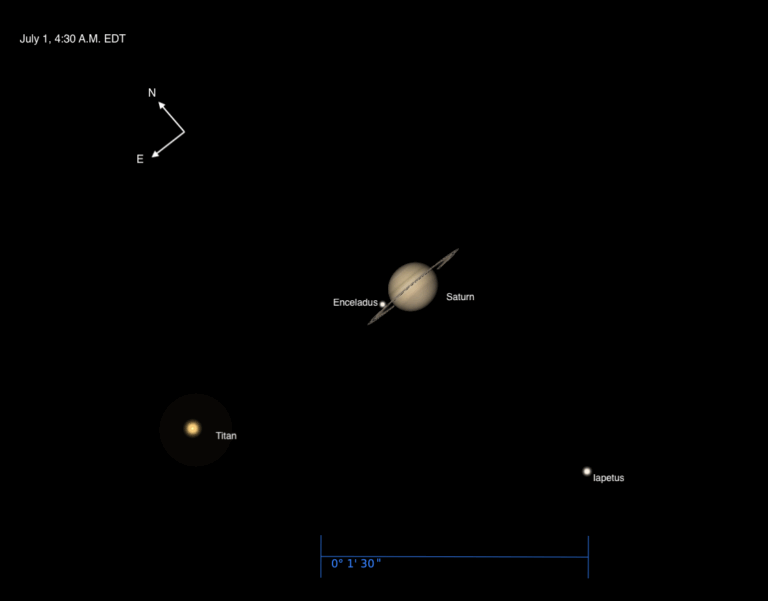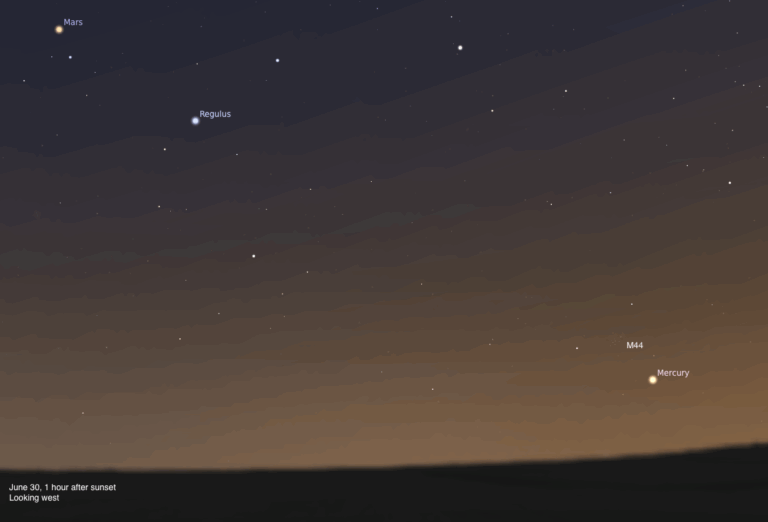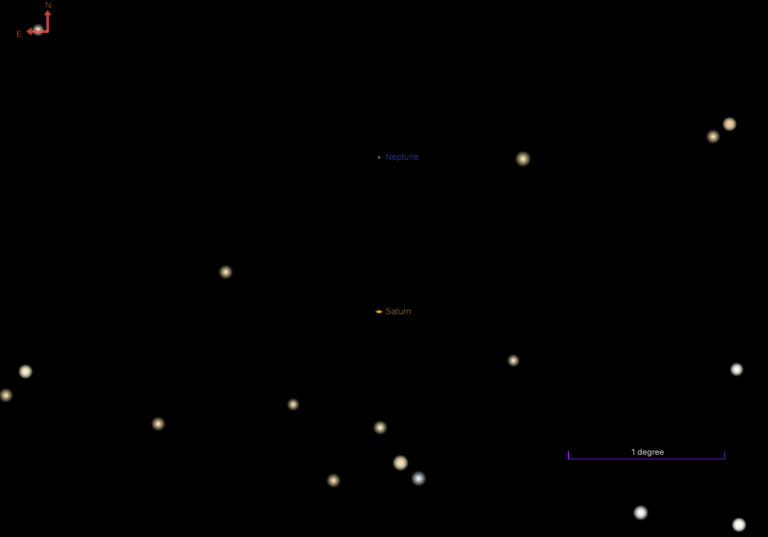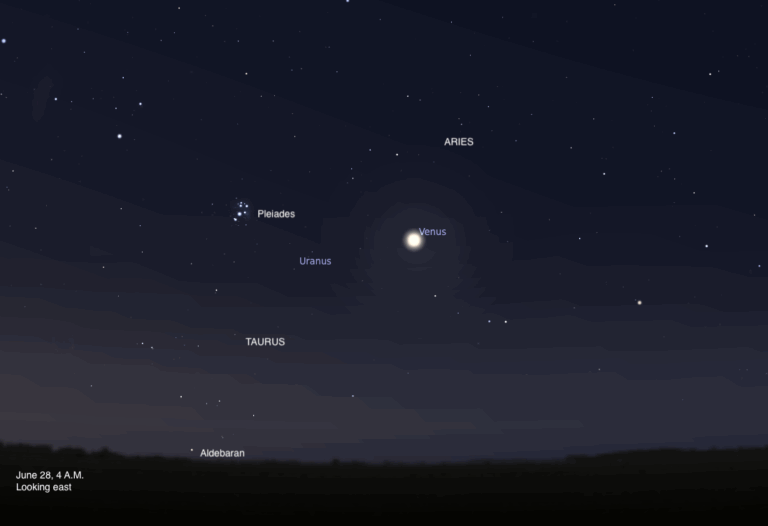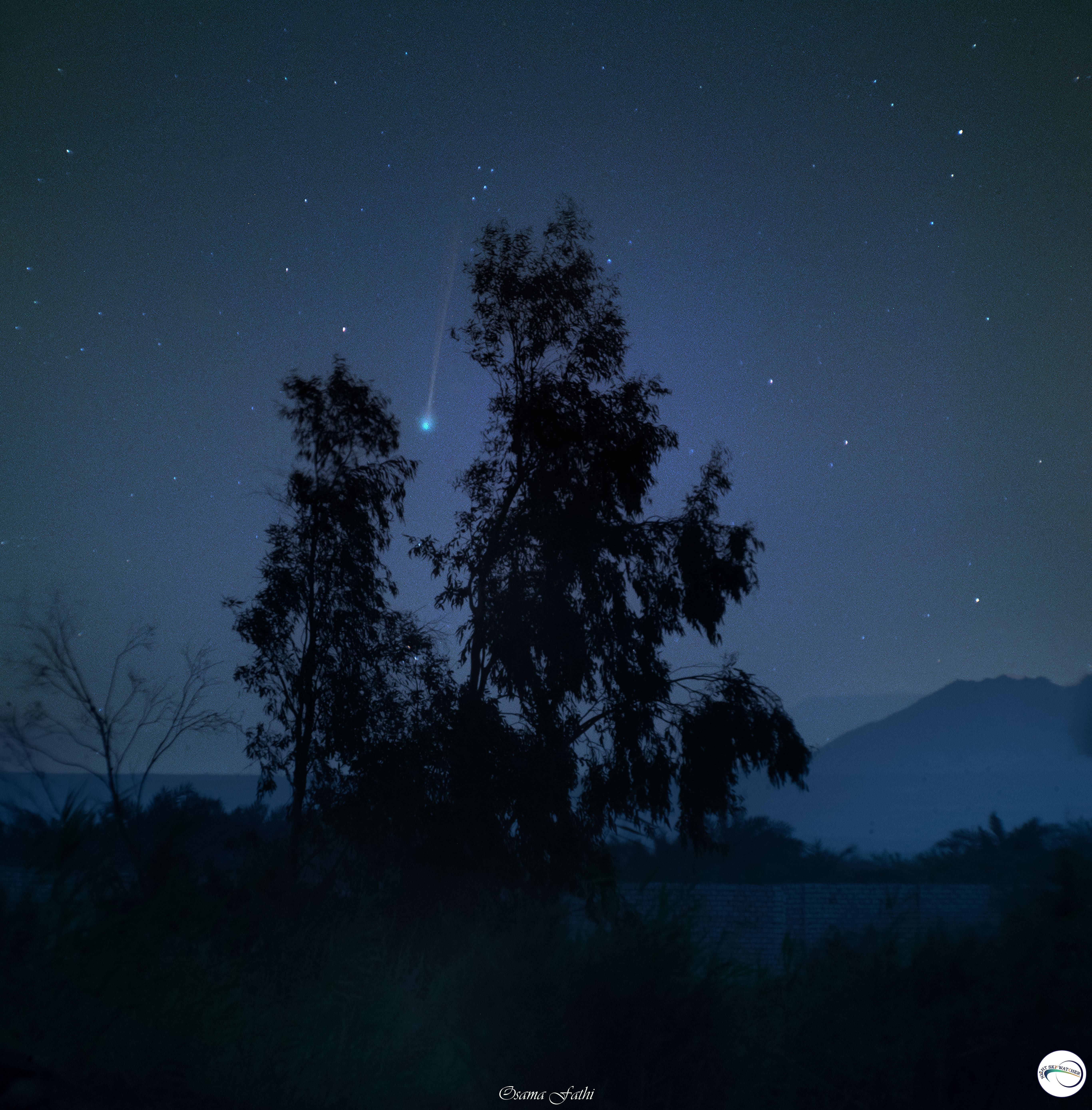
It’s already been a good year for comets — and it just got astronomically better. A newly discovered comet is poised to wow us in the coming week: Comet C/2023 P1 (Nishimura). It’s already readily visible and the best views are just days away.
Japanese amateur astronomer Hideo Nishimura discovered the new comet August 12 near the star Zeta (ζ) Geminorum in Gemini the Twins, according to Seiichi Yoshida’s page on the object. At that time, the comet was already magnitude 10.4 and closing in on the Sun at a distance of just 1 astronomical unit, or AU (1 AU is the average Earth-Sun distance). Nishimura is continuing into the inner solar system on its way toward perihelion, the closest point in its orbit to the Sun. It will reach that point in less than two weeks, on September 17, when it will swing around our star at a distance of just 0.23 AU — some 40 percent closer to the Sun than the planet Mercury.
Along the way, Nishimura is expected to brighten rapidly, potentially reaching magnitude 2. Although that should be an easy naked-eye magnitude, the comet’s low altitude in the Northern Hemisphere means it’s really best seen with binoculars or a telescope. But through those optics, it will dazzle. Keep reading to learn where it is now, when to view it, and what to look for.
How to see Comet Nishimura
Comet Nishimura is now visible in the predawn skies for Northern Hemisphere observers. It’s rising later each morning as it tracks quickly through the stars of Leo the Lion. On September 7, it will rise around 4:20 A.M. local daylight time. By Sunday morning (the 10th), it will rise around 5 A.M. local daylight time. This is because the comet is rapidly approaching the Sun, so it appears to be moving quickly through our sky. By perihelion, it will rise with the Sun and won’t be visible at all (or again) above the equator.
What this means is, now is the time to see it!

Step outside an hour before sunrise tomorrow morning and you’ll see the front half of Leo rising above the eastern horizon. Look for the bright star Regulus (magnitude 1.4), which is just 2° high at that time. (Don’t confuse it for blazingly bright Venus, which is magnitude –4.8 and much higher in the east to Regulus’ far upper right, in Cancer.) Fortunately, Nishimura is a bit higher than Regulus: On the 7th, it is 12° high an hour before sunrise, located 1.7° due east of 3rd-magnitude Epsilon (ϵ) Leonis, the endpoint of the curve that forms the famous Sickle asterism.
But Nishimura is moving fast. It will continue tracking east, “falling” toward the Sun in the predawn sky. It passes less than 3° north of Gamma (γ) Leonis on the 9th and then slips 1.5° south of Delta (δ) Leonis on the 12th. By the 12th, the comet will rise around 5:40 A.M. local daylight time, almost exactly an hour before sunrise. You can try to spot it some 4.5° high 30 minutes before the Sun peeks above the horizon. The comet will be about 15° northeast of (to the left and slightly above) Mercury, which by that time will be magnitude 2.7 and 3° high.
From there, Nishimura will slide just under Denebola, the star marking Leo’s tail, and cross into Virgo on the 15th, which is likely the last day Northern Hemisphere observers will be able to catch it. After that, it will be too close to the Sun for observation.
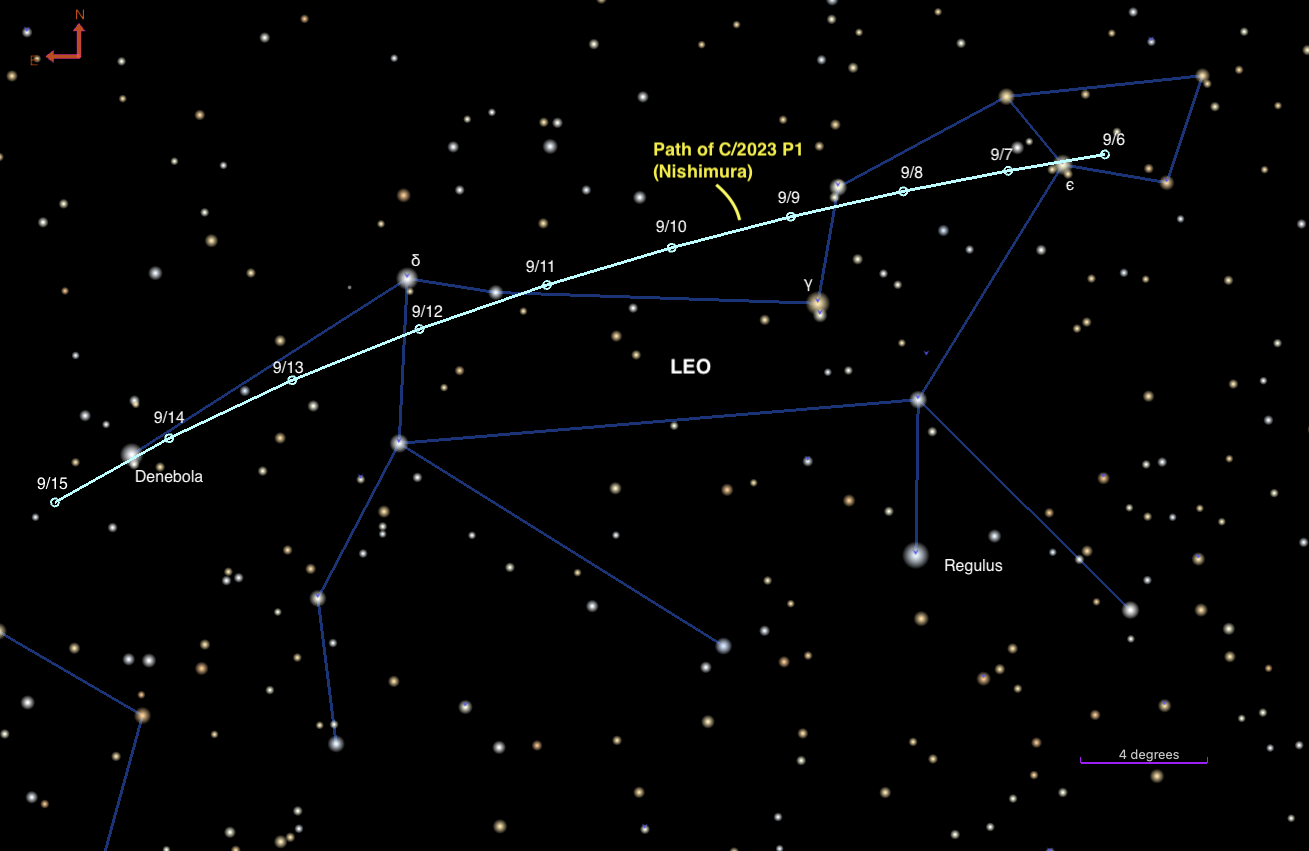
A bright comet
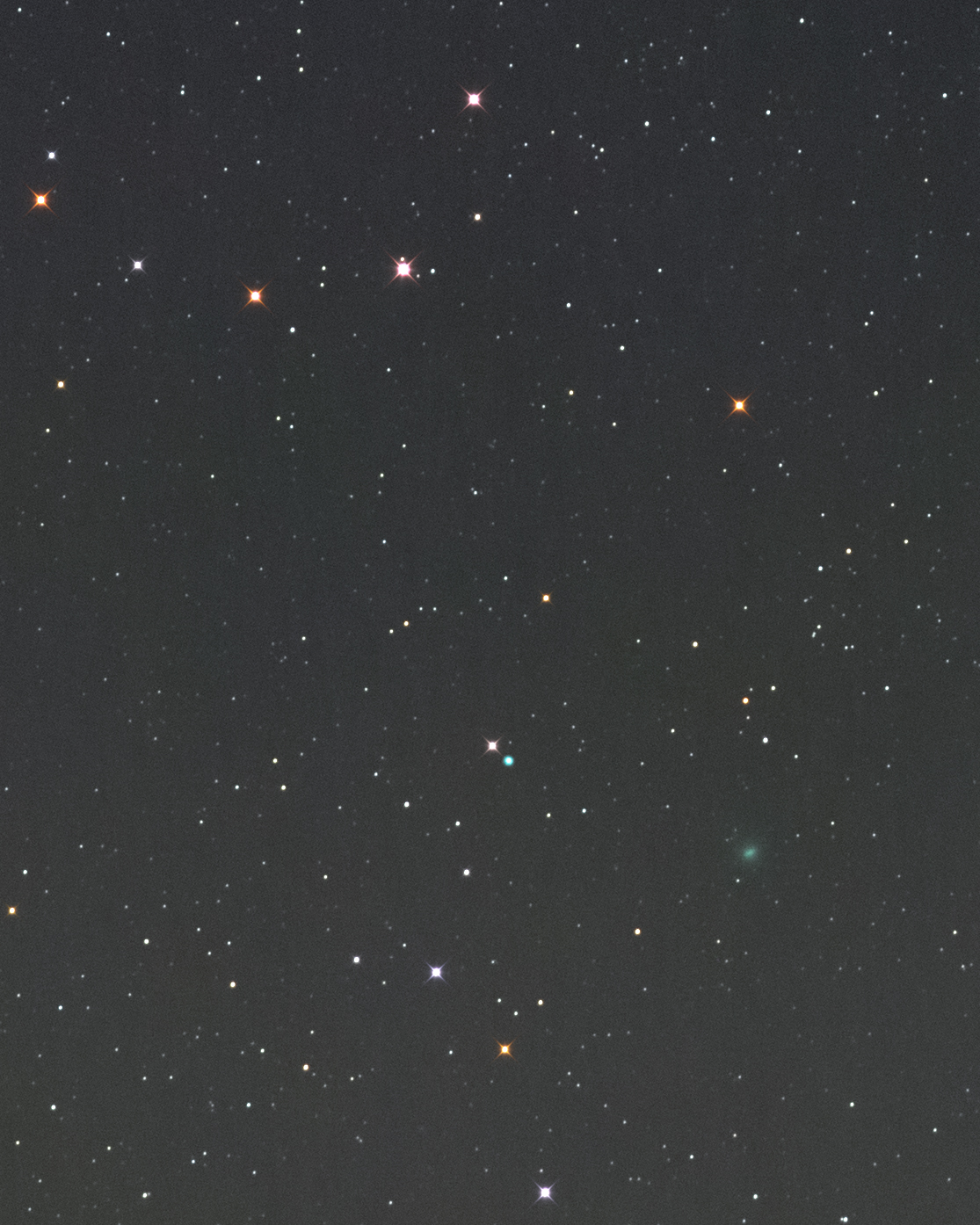
Although the comet will be dropping lower each morning as the sky grows brighter, there’s an important caveat: Nishimura will be growing brighter as well. Observers are currently reporting on the Comet Observation database (COBS) that Nishimura is 5th magnitude, and it’s predicted to reach magnitude 2 to 3. Stunning astrophotos are already circulating, featuring the comet’s glowing green head and long, thin tail.
Although its diminishing altitude in the brightening morning sky reduces the likelihood of spotting it with the naked eye even at its brightest, Nishimura should remain readily visible in binoculars or any small telescope. It’s also an excellent target for astrophotographers; if you’re interested in how to best photograph the comet, we’ve got advice for photographing comets from highly experienced astrophotographer Damian Peach. (You can send your photos to [email protected]; we’d love to feature them online or in print!)
While observing Nishimura, always take care to stop viewing through binoculars or a telescope several minutes before the Sun rises from your location — and note the time of exact sunrise will vary by location, so check this information specifically for your observing site.
Comets are unpredictable objects, and Nishimura has never been identified before. It may or may not survive its close trip around the Sun, and it may or may not brighten as expected during that time. There’s always the chance it could outburst and brighten suddenly or even more than expected, as 12P/Pons-Brooks did in July.
If all goes well, Nishimura will swing past the Sun and quickly head back for the outer reaches of the solar system, never to return. Although it came from our Oort Cloud, it’s now a hyperbolic comet, meaning it has enough energy to escape the Sun’s gravity and rocket off into interstellar space. So now is truly your best — and only — time to see it. Get out there!

